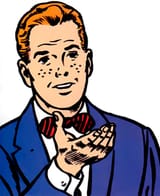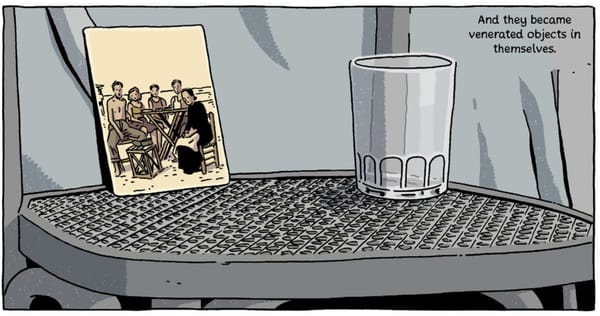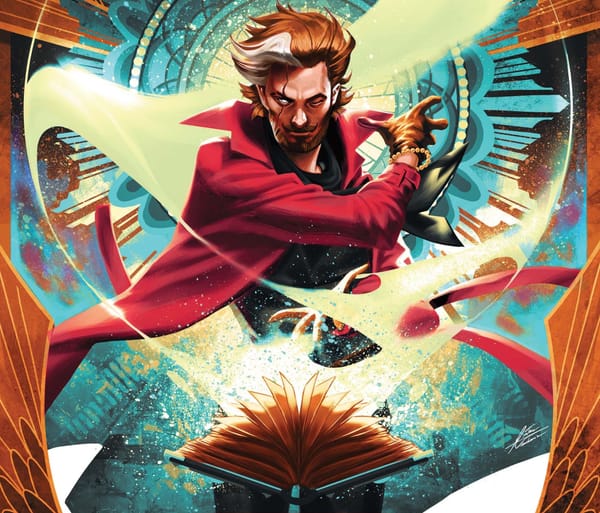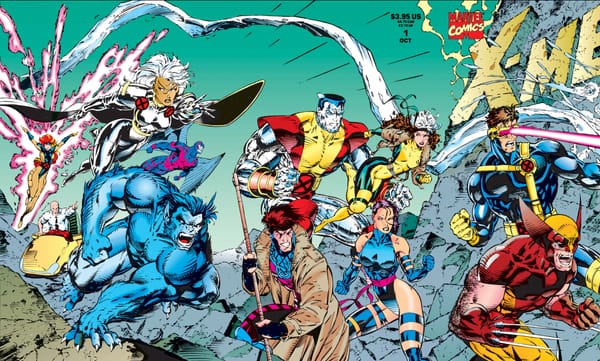My Claremont Year- July/August 2023
Claremont’s X-Men takes shape as being the story of Storm.
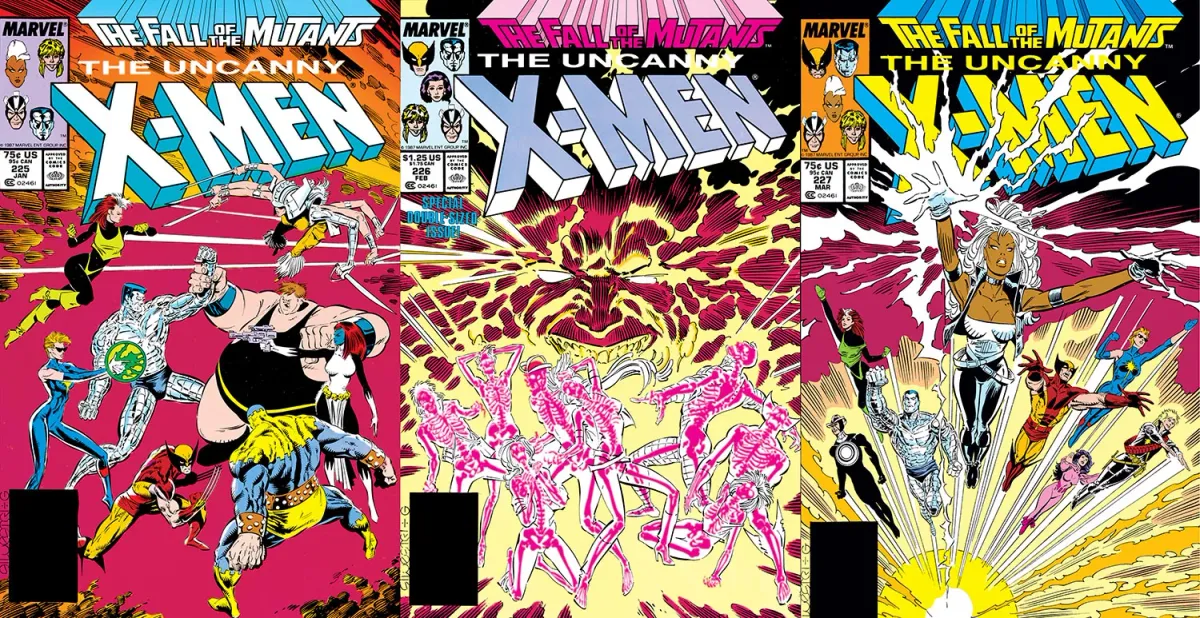
Around the end of 2022 a thought struck me; have I ever read all of Chris Claremont’s X-Men? I think I’ve collected it all in one form or another (or even multiple forms) but there’s a point in the mid-1980s where a lot of it becomes fuzzy in my memory. I probably read it when it was coming out but more out of the inertia of collecting than any love of it. So armed with several omnibuses, Marvel Unlimited, and whatever back issue diving I need to do, I’ve set the goal to read his 16-year run on X-Men, New Mutants, and other related books, probably also eventually including some Louise Simonson New Mutants and X-Factor here as well since the series are so tied together.
As much as this is to check out these stories again, I want to see if there’s a completeness to the story that Claremont was telling, starting with his first issue, X-Men #94 (1975), and extending all the way through X-Men #3 (1991). Maybe by the end of 2023, I’ll have some kind of grand unified theory of Chris Claremont’s time on the book or maybe I’ll just have read a lot of comics that range from “not bad” to “what were they thinking?”.
- Uncanny X-Men #210- 227
- New Mutants #45-61
- X-Factor 9-26
- Fallen Angels #1-8
- New Mutants Annual #3
- X-Men Annual #11
- Firestar #1-4
- Fantastic Four Vs. The X-Men #1-4
- The X-Men Vs. The Avengers #1-4
- Thor #s 373, 374, 377, 378
- Daredevil #s 238 &252
- Power Pack #s 27, 33, 35
- Incredible Hulk #s 336, 337, 350
- Captain America #339
- Fantastic Four #312
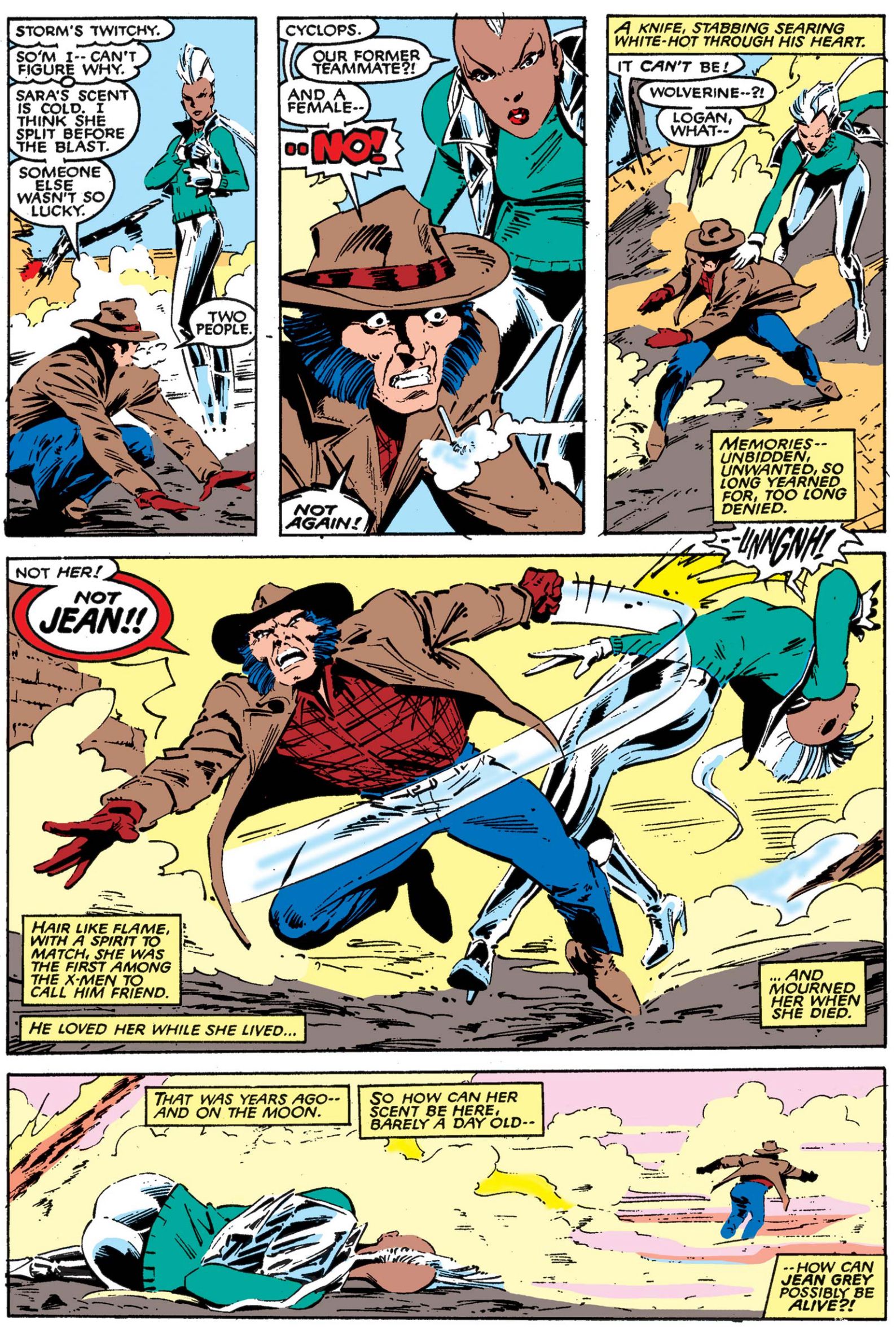
This run from 1986 through 1988 demonstrates just how little Chris Claremont was interested in creating a franchise, opting instead to focus on walling off his little empire from the greater desires of Marvel Comics. Marvel launched X-Factor during this time from a completely different editorial office. Ann Nocenti had been Claremont’s longtime editor on both Uncanny X-Men and The New Mutants but X-Factor was launched out of Bob Harris’s office, a curiosity at the time that would come to have much larger ramifications in the upcoming years as Harras’s influence at Marvel would grow. By 1988, Louise Simonson was writing both The New Mutants and X-Factor. It’s still a bit before the launch of Excalibur or the ongoing Wolverine series, which are still largely Claremont protecting the things that are his as long as he could. But during this time, which includes Uncanny X-Men #210 through #227, you can almost see Claremont trying to burn the bridges behind him as he tries to free the X-Men from being what they previously were or what Marvel wanted their top seller to be.
Somewhere around Cyclops leaving the team after being defeated by a depowered Storm in a trial-by-combat, the idea for X-Factor started to percolate in someone’s money-grubbing hands. You can almost hear Bob Harras saying, “We’ve got a whole team of X-Men, the original band, that we could get together as a team. What do you mean that Jean Grey is dead?” So let’s have Scott leave his wife and newborn son to follow a newly resurrected Jean and their old friend in some hair-brained idea of saving mutants by posing as mutant hunters. There’s something to be said for trying to replicate the drama that Claremont had established with the X-Men but let’s be honest that original X-Factor writer Bob Layton was no Chris Claremont. So after a few issues, Layton was swapped out with Claremont’s one-time editor Louise Simonson.
X-Factor becomes some kind of weird high school drama, with love triangles and quadrangles happening, angst about the team’s weird dual life as mutant heroes and persecutors, and weirdly trying to redefine the non-Cyclops and Jean characters. Iceman needs to be powered up, Beast needs to be de-furred and then lose his intelligence, and Angel needs to have his wings cut off and become a much more aggressive version of himself. All of this just reeks of them trying to create a Claremont book without Claremont needing to be involved. Simonson does the best she can with X-Factor, ably aided by Walt Simonson and Bob Wiacek on art, but unfortunately, a lot of this stuff reads like X-Men for people who don’t like X-Men.
So what’s Claremont doing during all of this? The answer is his best to avoid it. This in itself is weird because this period kicks off the age of X-Men-related crossovers, starting with “Mutant Massacre” and “Fall of the Mutants.” For “Mutant Massacre,” Claremont’s Uncanny X-Men acts as the spine of this series as a band of Marauders attack the sewer-dwelling Morlocks and the X-Men. Claremont uses this series to continue his tear down and rebuild of the X-Men, removing Kitty Pryde, Nightcrawler, and Colossus from the team through injuries to make room for Psylocke, Dazzler, Longshot, and Havok. Storm, Rogue, and Wolverine stay on as the connective tissue between the past and the future as Claremont uses all of the chaos of this time to revamp the team whose membership had been fairly static for 100 issues, give or take a character here and there.
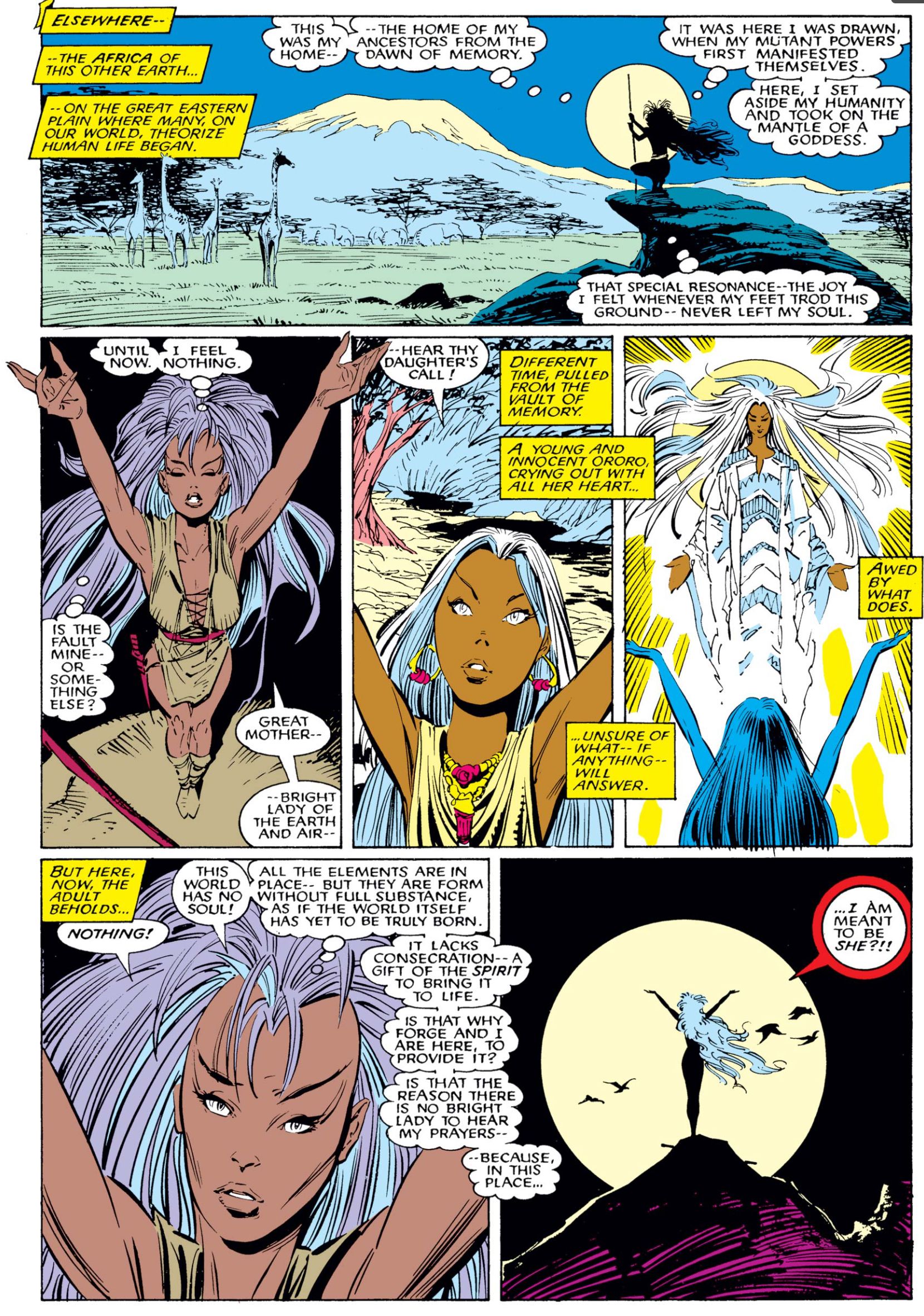
When I was a kid first reading these comics, my favorite characters in order were Wolverine, Cyclops, everyone else, and then Storm. I accepted Storm as a member of this cast but I don’t think I paid any attention to her. She was like that one chair in the corner— you know it’s there and it’s sturdy enough that you don’t need to worry about it falling apart when someone sits in it but other than that, you don’t care about it one way or the other. Now some 40 years later, Chris Claremont has finally convinced me that his Uncanny X-Men story is Storm’s story and everyone else is just a supporting character in the tale of her life and times.
Storm is introduced in Giant-Size X-Men #1 as a goddess; she’s recognized as divine but with nothing but her powers to back it up. She’s given a reputation to live up to from the start but those early stories feel like all tell and not much show about who and what Store was. For 40-odd issues, she’s a supporting character in the love story of Cyclops and Jean Grey, as are the rest of the X-Men. But after “The Dark Phoenix Saga,” Claremont almost immediately starts messing with Storm, first in a battle with Doctor Doom where she potentially unleashed Phoenix-like power. During this period, she’s established as the leader of the team as Cyclops has gone on a walkabout to find who he is without Jean. Once he returns though, there’s this on-again/off-again tension of who is really the leader. Throw in Storm almost getting turned into a vampire, and then a Brood, and you can see the shape of the journey from goddess Storm to punk-rock Storm when she gets the Mohawk in Tokyo right before Wolverine’s wedding.
None of the other new X-Men get worked over the same way that Storm does during this same period. Once it’s established who Wolverine, Nightcrawler, and Colossus are, Claremont may nudge them in different directions but with Storm he takes years to explore her, throwing new things at her, and seeing how she reacts. There’s a way that the character is driving her own story in these pages as she struggles with and even chafes against the situations that Claremont puts her in. This all leads to Uncanny X-Men #185 (Aug 1984) when she loses her power trying to protect the same thing from happening to Rogue. That issue begins an almost 4-year journey for the character of her trying to establish her own agency on this team, stripped of what made her a “goddess” but not what made her a hero.
This is 9 years into Claremont’s X-Men run, 9 years of character development, including her strengths and insecurities. And then he still takes another 4 years to follow who and what Storm is, leading to Uncanny X-Men #227 (March 1988,) during the “Fall of the Mutants” event to reveal a Storm who’s been to hell and back and is so much stronger for it. In this whole run, Storm wasn’t always the focus of the story but you can trace so much of the growth of the title to the development and growth of the character. Wolverine may have been the hot character but Storm is the character who exemplifies the heart and soul of this team.
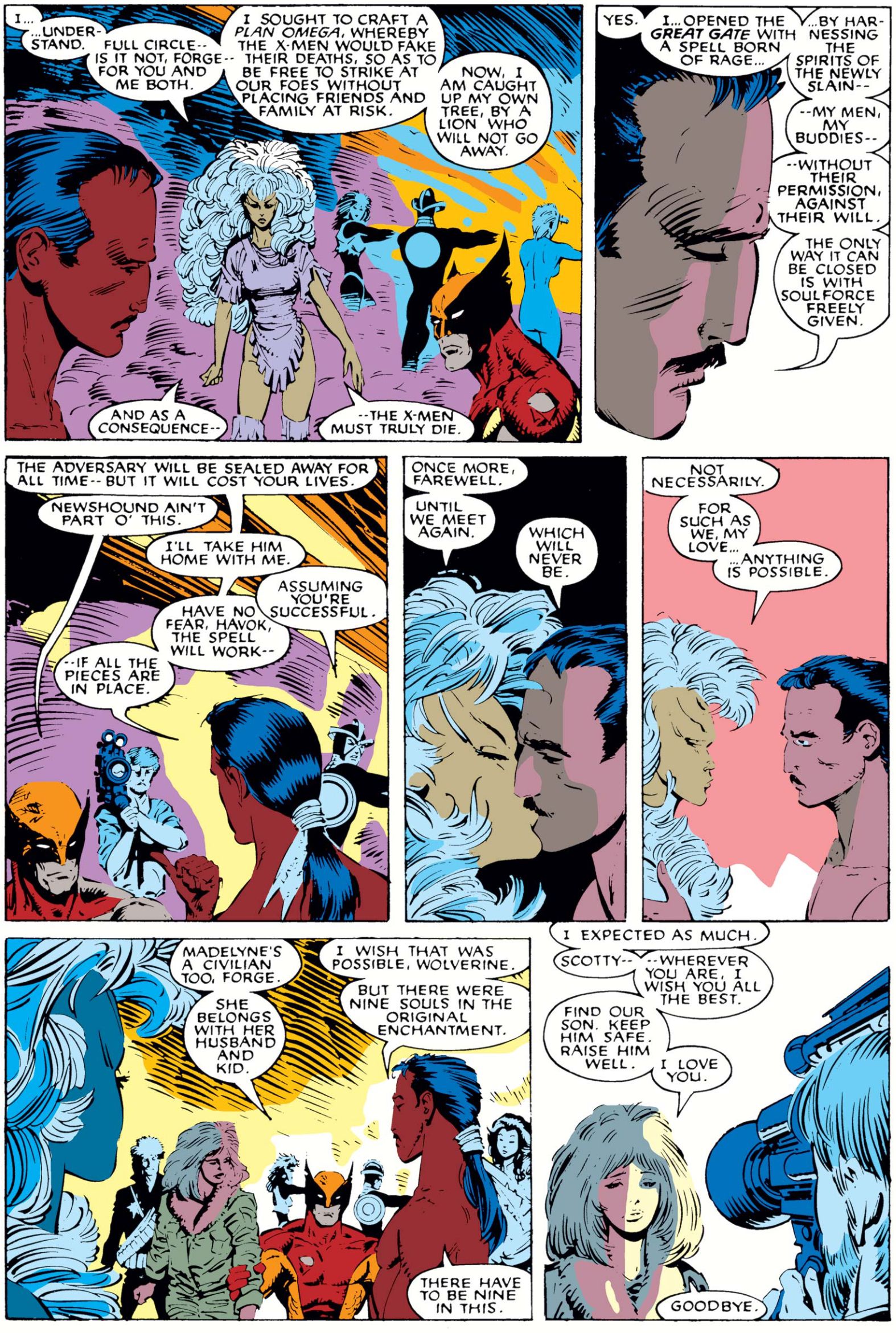
So compare that whole run from Giant Size X-Men #1 to Uncanny X-Men #227 and how Claremont played the long game here to X-Factor #1 to X-Factor #26, with its two writers and how quickly it rushes through all of its so-called character development and growth, where none of the characters share any similarities with who they were before X-Factor. Once she takes over, Simonson tries to course correct but it takes her a while to do that, working largely on her own during “Mutant Massacre” and “Fall of the Mutants” to follow Claremont’s lead without getting in his way. And where Claremont narrows his focus on what character he’s focusing on (often to the detriment of Nightcrawler and Colossus,) Simonson takes this odd scattershot approach to her writing, giving us little chunks of each team member without really being able to focus on the growth of any single one of them; they change during this run but do they develop at all?
By the end of Uncanny X-Men #227, Claremont could have (and maybe the next few months will show that he should have) left the X-Men. He told the story of a novice team of mutants becoming true heroes and Storm was the character who lived and breathed this in nearly every issue. But he probably also saw the future of these characters without him, looking to books like X-Factor and miniseries like Fallen Angels (ostensibly a New Mutants spinoff) as a kind of unchecked expansion that the line would face as Marvel would value quantity over quality. So he stays, even launching two more books following “The Fall of the Mutants” (Excalibur and Wolverine,) two books that still existed in their own corners as Claremont would start to scatter his characters around the world, far away from the likes of the Fantastic Four or the Avengers. Claremont wanted to tell his own stories with his characters. And as they became more and more popular, it became obvious that Marvel had other plans for this franchise.


